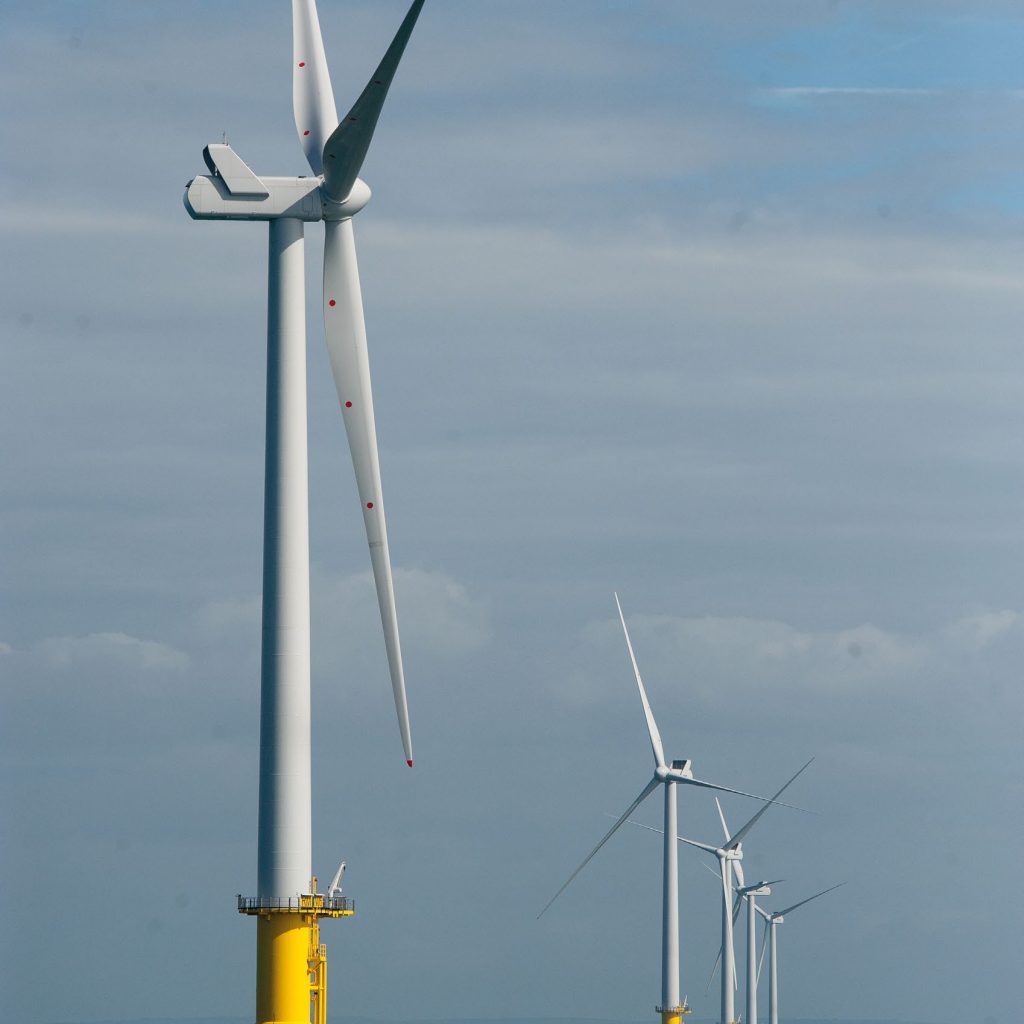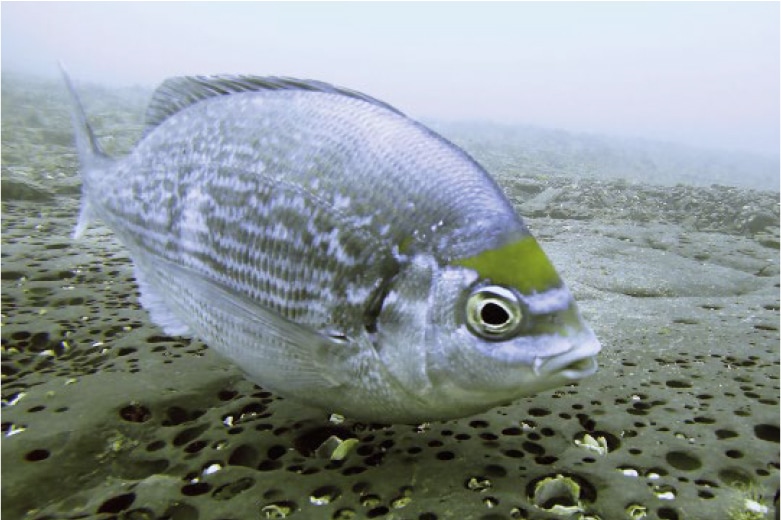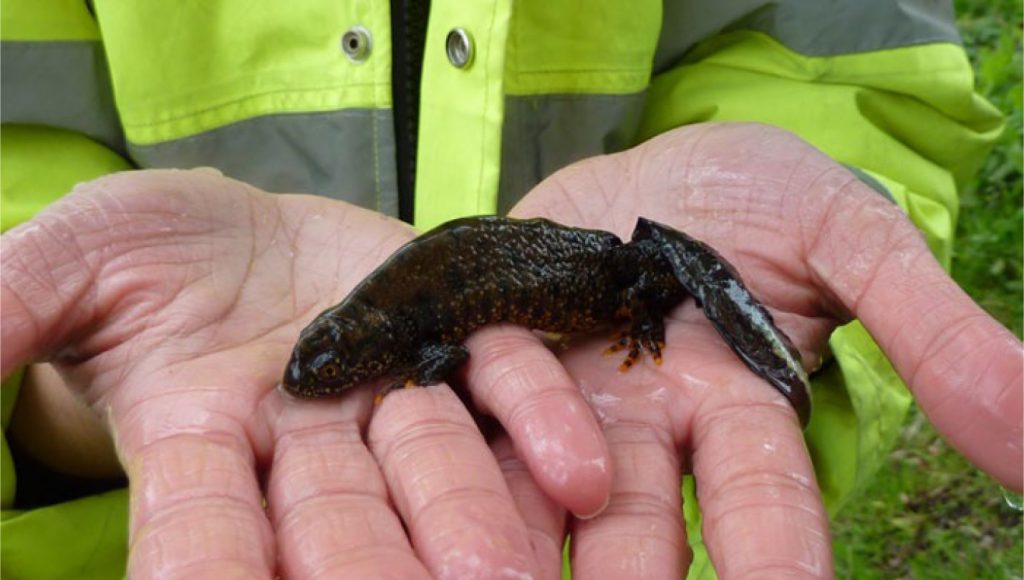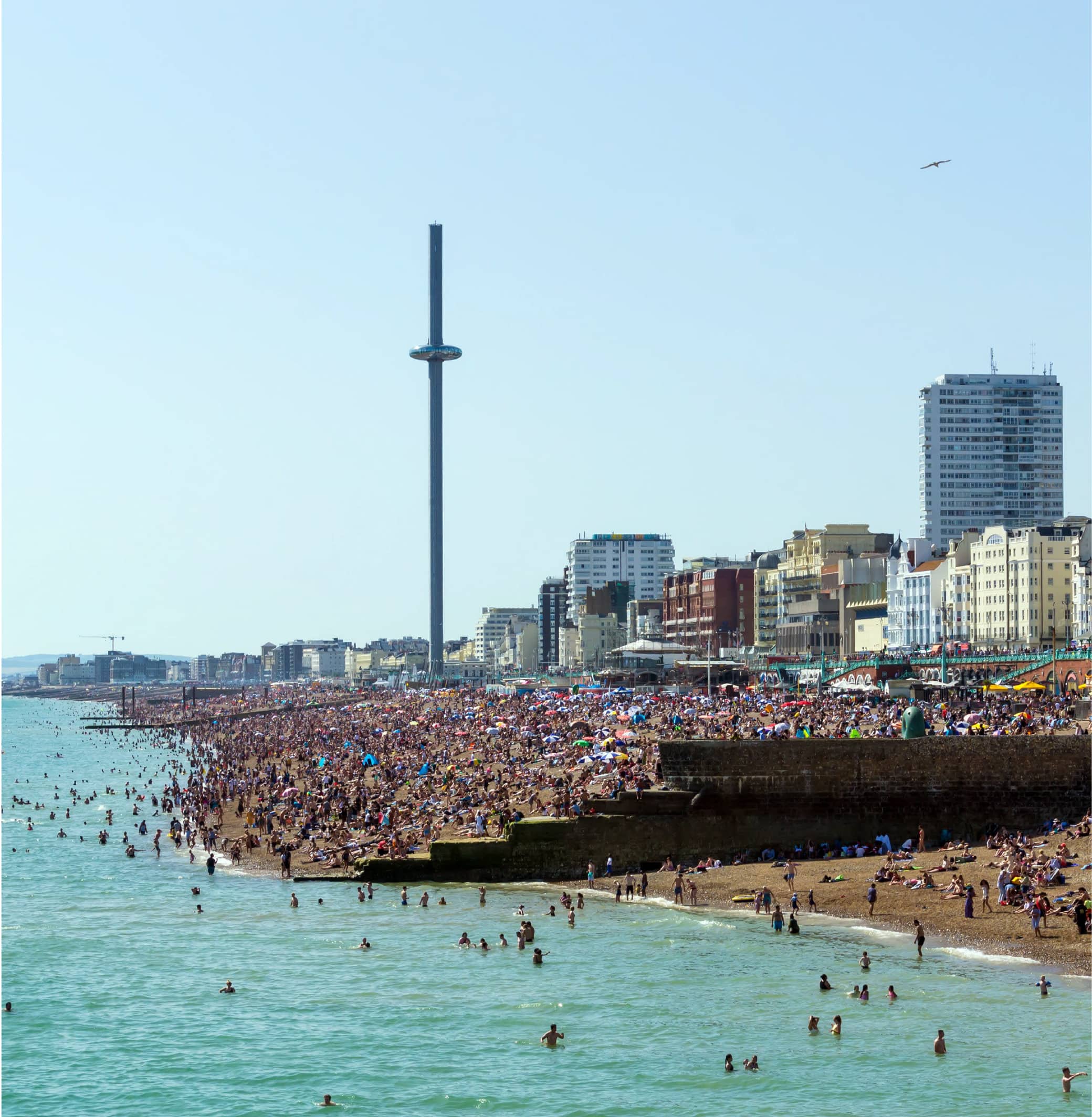

The consultation has been designed to ensure that people have the opportunity to express their views and contribute to the evolving design of the Rampion 2 project.
This is the primary opportunity to provide your feedback on our draft proposals and associated environmental information, to be able to influence our final proposals which will be submitted to the Planning Inspectorate early next year.
The Planning Act and national planning policies set out what documents and evidence must be submitted and the rules on how stakeholders need to be formally consulted on the project proposals during the development process.
This includes the production of an Environmental Impact Assessment (EIA) and a mandatory requirement to formally consult with local communities and statutory organisations before the application can be made.
Local Planning Authorities in Sussex (at county and district/borough level) are amongst the many statutory consultees to this process and have been involved in approving the consultation process being conducted by Rampion 2.
The final application will be made to the Planning Inspectorate (PINS) who will manage the examination of the application and the final decision on whether to grant approval is made by the Government’s Secretary of State for Business, Energy & Industrial Strategy (BEIS).
The diagram illustrates an approximate timeline for the Rampion 2 consenting process, from pre-application, submission and examination right up until the time of decision.
* We have estimated 15-18 months between DCO submissions and PINS decision based the typical timeframe on previous NSIP projects
Includes early engagement and consultation, followed by a full statutory consultation. Rampion 2 is required to develop a Consultation Report containing the details of our consultation methods, feedback we received, and how this has influenced our proposals
Spring / Summer 2021Includes early engagement and consultation, followed by a full statutory consultation. Rampion 2 is required to develop a Consultation Report containing the details of our consultation methods, feedback we received, and how this has influenced our proposals.
*2022PINS will complete a full review of the DCO submission within 6 months, There will be opportunities for people or groups to send comments in writing and/or request to speak at a public hearing.
*2022Environmental Impact Assessment (EIA) is conducted to prepare the DCO application.
The purpose of the EIA is to:
The ultimate aim is to design a project with minimal environmental impact or disruption to the community during construction and operation. A review of environmental designations and a full suite of environmental surveys is carried out, to establish the baseline for assessing the project and determining the impacts on a range of EIA topics, such as:
The project will be designed to avoid these impacts wherever possible. However, where there remain residual impacts, mitigation solutions are put in place to reduce or offset impacts to protect ecology & wildlife, archaeology, sensitive views and local transport networks.



The key reporting stages in the EIA process are:
A Scoping Report was submitted to the Planning Inspectorate in July 2020. The Scoping Report includes a scoping boundary – broad areas of search for the potential onshore and offshore project elements.
The Report identifies the potentially significant effects requiring assessment, determines the subject matter of the assessment and the methodologies for undertaking the assessment.
The Planning Inspectorate subsequently provided a Scoping Opinion, which included comments from a range of stakeholders, on behalf of the Secretary of State, in August 2020. The Scoping Opinion and statutory consultee responses informed the assessment work and design evolution undertaken to date.
A series of technical and environmental surveys are carried out within the scoping boundary and an initial consultation process was held to identify local issues and concerns that they felt should be taken into account.
The Rampion 2 Preliminary Environmental Information Report presents the draft findings of our Environmental Impact Assessments.
The purpose of the PEIR is to enable stakeholders and the local community to develop an informed view of the likely significant effects of Rampion 2.
Considering the findings, stakeholders can provide their feedback during the public consultation, prior to the finalisation of proposals and submission of the consent application.
The PEIR includes over 28 chapters, one for each EIA aspect (such as fish & shellfish or transport etc). Each assesses the project’s potential impacts. Organisations such as Natural England, the Marine Management Organisation and others have a formal duty to respond to the consultation and will dive into the details. Due to the length and technical complexity of the PEIR, a Non-Technical Summary (NTS) is produced as part of this consultation. It provides an easy to read overview of the assessment methods and findings for each EIA aspect.
The PEIR Assessment Boundary illustrates the maximum extent of the offshore wind farm and associated onshore and offshore electrical infrastructure.
The PEIR has been prepared at a point in time when the design of Rampion 2 is still being refined. Therefore, a precautionary approach is applied to ensure a reasonable worst-case or maximum design scenario is assessed. Using this approach to assessment, the level of effect may be overstated and subsequently reduced at the time of application.
See Factsheet on “How the draft proposals were developed” for further information on the refinement of proposals.
The Environmental Statement (ES) is the final reporting stage of the EIA and builds upon the PEIR, with any additional survey results, and feedback from the formal consultation.
The ES will be submitted for examination by the Planning Inspectorate as part of the application for development consent. During the examination process, it provides the public and relevant organisations (such as the Environment Agency and Natural England) with the environmental information needed to understand and comment on the development, and provides decision-makers with the environmental information to allow a decision to be made whether to grant consent for the development.
Running in parallel with delivery of the EIA has been the focus on engagement and consultation with consultation bodies, key stakeholder organisations and the local community.
A particular challenge is how to effectively reach a large population along the Sussex coast and inland along the cable route to the onshore substation search areas, while engaging with users of the South Downs National Park and a wide range of offshore interested parties such as commercial fishermen, charter vessel owners and recreational sea users. An additional objective for Rampion 2 is to ensure those with distant views of the new wind farm are made aware, e.g. the east coast of the Isle of Wight, even though the construction works will be a significant distance away.

Since early 2018 we have been engaging with a number of statutory bodies including, but not limited to the Environment Agency, Natural England, Historic England, Highways England, CEFAS, Marine Management Organisation and local authorities, to inform them of the Rampion 2 design at an early stage and take account of their feedback.
Rampion 2 also set up a series of Project Liaison Groups (PLGs), which had been immensely successful during the original Rampion development process. The PLGs act as a conduit between the Rampion 2 Project Team and various interest groups, to help reach a wider audience and to understand and address local concerns through sharing information and discussion, the PLGs have and will continue to inform our proposals.
There are six PLGs in total – covering local organisations with a particular interest and membership in:

The current PEIR stage of the EIA process has been informed by a first ‘informal’ consultation process. Initial proposals were presented in a virtual exhibition held between 14 January 2021 and 11 February 2021 to raise awareness of the project and invite feedback on any issues that stakeholder organisations and the local community felt should be taken into account, to help shape the proposals.
The exhibition introduced Rampion 2 and the development process, and shared information on the emerging design process. All feedback is detailed within the Interim Consultation Analysis, which is provided alongside the PEIR available in the detailed document library on our website.
The EIA Regulations 2017 require developers to carry out a full and formal public consultation on the draft proposals and the PEIR, to allow consultation bodies and the local community to develop an informed view of the likely significant environmental effects of Rampion 2 and provide their feedback, to help refine the proposals further before an application can be made.
The formal public consultation provides further detail than the first consultation, including more refined proposals, information on construction and mitigation methodologies and photomontages taken from a range of Sussex viewpoints.
In accordance with the Planning Act 2008, a Statement of Community Consultation (SoCC) has been prepared and published. The SoCC was agreed with Local Authorities, and sets out details of how Rampion 2 will consult with the local community, the consultation methods to be used, the scope of the consultation and the consultation period.
Consultation feedback is considered alongside the results of further design development, technical and environmental assessment, to help inform and influence the proposals as the development progresses through stages of the EIA process.
The feedback is used to produce refined proposals and set out additional measures in the Environmental Statement to address any identified significant environmental effects. Together, the proposals and ES are then ready for final submission as a development consent application.
Rampion 2 will accommodate feedback wherever possible. An explanation will be given as to the technical, environmental or other reasons why it was not possible to accommodate the feedback. Examples of
refinements to the proposals made as a result of consultation feedback, include the selection of cable route options at the omission of others, or the progression of substation search areas to the next stage of investigation with the omission of others.
A detailed analysis of consultation feedback and the subsequent changes made following the public consultation, will be set out in a Consultation Report, which will form an integral part of the development consent application.

Once the DCO application is submitted to the Secretary of State, it is passed to the Planning Inspectorate (PINS) who appoint an Examination Panel to manage the examination process.
The Examination Panel will conduct a review of the DCO application documents, including making site visits of key project areas to offer a greater understanding of the local area and potential impacts. The Panel then set out a timetable to investigate all the key issues for
further examination at Public Hearings, including the plans, environmental survey data, significant impacts and proposed mitigations.
Having selected a public venue to hold the Hearings, those organisations and individuals who responded to the public consultation will be invited to make further representations at the appropriate time during the series of Hearings.
During this period, further refinements may be made to the proposals, construction methodologies and mitigation solutions.
Following the Hearings, the Panel will take on board the representations from organisations and individuals, information provided the Project Team and any further commitments agreed
during the Hearings.
The Examination Panel will make a recommendation to the Secretary of State for Business, Energy and Industrial Strategy (BEIS). A recommendation for refusal would be supported by detailed reasons. A recommendation for consent would be accompanied by a series of ‘Requirements’, in the form of management plans.
A series of management plans govern the way the project has to be constructed and operated, to mitigate and minimise impacts on the environment and community. These are produced by the Rampion 2 Project Team for approval by the discharging authorities – West Sussex County Council and South Downs National Park Authority (onshore) and the Marine Management Organisation (offshore). The discharging authorities would subsequently monitor compliance against the management plans during the construction period.
The final decision is made by the Secretary of State for Business, Energy & Industrial Strategy (BEIS).
© 2024 Rampion 2 Wind Farm. All rights reserved.
Created with ❤ by Growth by Design